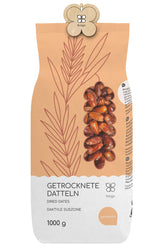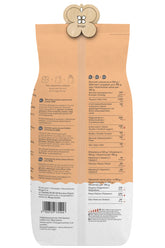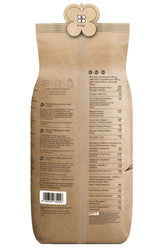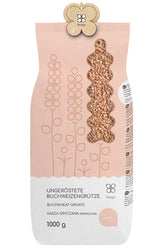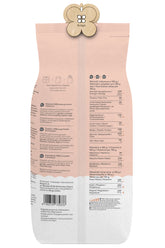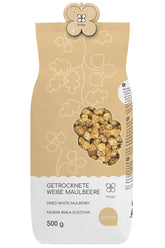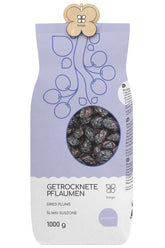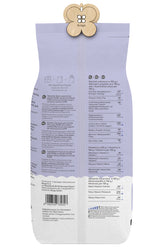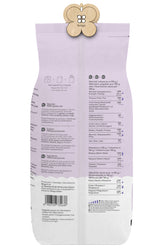The versatile applications of Rhodamin B in process analysis and visualization
Rhodamine B is an intensely fluorescent dye used in a wide range of applications in research and industry. This article highlights the special photophysical properties of Rhodamine B and demonstrates the diverse application possibilities of the dye in process analysis and visualization.
The Chemistry of Rhodamine B
Rhodamine B belongs to the group of cationic xanthene dyes and is characterized by its intense red fluorescence. The dye's structure consists of a planar aromatic ring system to which two diethylamino groups are attached. This structure is responsible for the characteristic optical properties of Rhodamine B.
By excitation with light in the visible wavelength range, the electrons in the molecule can be transferred to an excited state. When returning to the ground state, the excess energy is emitted in the form of fluorescence light. This fluorescence light has a significantly longer wavelength than the excitation light and therefore appears in an intense red color.
Use in Trace Analysis
Due to its high fluorescence yield and photostability, Rhodamine B finds diverse applications in analytical chemistry. The dye is excellently suited for labeling and detecting traces in complex matrices. For example, Rhodamine B can be used to detect pollutants in water, soils, or food.
By coupling to specific antibodies or other biomolecules, Rhodamine B can also be used for labeling and visualizing proteins, cells, or microorganisms. These methods find broad application in medicine, microbiology, and environmental analysis.
Flow Visualization and Process Optimization
In addition to trace analysis, Rhodamine B also offers diverse application possibilities in process visualization and optimization. The dye can be used as a tracer to visualize flow processes in reactors, pipelines, or other process engineering equipment.
By adding small amounts of Rhodamine B, residence time distributions, dead volumes, or short-circuit flows in flow processes can be analyzed in detail. The high sensitivity of the dye enables precise detection of even small concentration differences or mixing processes.
Applications in Research
In addition to the mentioned applications in analytics and process optimization, Rhodamine B also finds diverse uses in basic research. The dye is frequently used as a fluorescence marker in microscopy, cell biology, and molecular biology.
For example, protein structures, cell organelles, or DNA strands can be visualized and analyzed by labeling with Rhodamine B. The dye is also used in materials research to study diffusion and transport processes in polymers or porous materials.
Outlook and Conclusion
Rhodamine B is a versatile dye that finds use in numerous application fields due to its excellent photophysical properties. From trace analysis to process visualization and basic research, the dye offers a broad spectrum of application possibilities.
With the increasing importance of process optimization, quality control, and sustainability in industry and research, the need for powerful analytical methods such as Rhodamine B fluorescence will continue to grow. Rhodamine B has established itself as an extremely valuable tool in this context and will continue to play an important role in the future.

